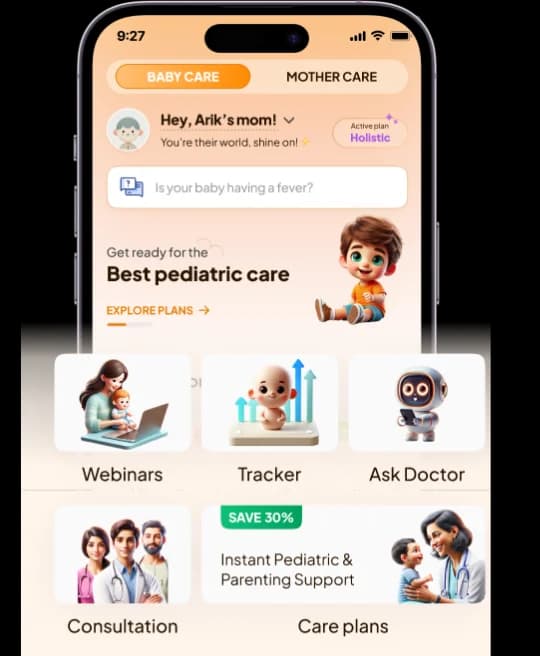
Do you know how much nutrition your child needs?
Just like adults, children’s nutrient requirements change with age. Proper consumption of vitamins, minerals, carbohydrates, protein, and fat is essential for healthy growth and development. So, how can you ensure that your child is getting enough nutrients?
Let’s take a look at the nutrient needs of children at various stages of development.
Nutrient-Rich Foods
According to experts, the essential nutrient foods for children are:
Essential nutrient foods for children include:
- Protein-rich foods like fish, unsalted nuts, and seeds
- Seasonal fruits (fresh, canned, frozen, or dried) instead of fruit juice with added sugars
- Vegetables (fresh, tinned, frozen, or dried) with essential nutrients like vitamins and minerals
- Whole grains like whole-wheat bread, oats, quinoa, and brown or wild rice
- Dairy products like low-fat or fat-free milk, cheese, curd, yoghurt, buttermilk, etc.
- Dry fruits such as almonds, cashews, dates, raisins, etc.
To limit caloric consumption, it’s important to:
- Limit intake of salt and promote consumption of fruits and vegetables to avoid unhealthy snacks
- Reduce sugar consumption and use naturally occurring sugars like those in fruits and milk or jaggery
- Avoid or limit added sugar foods like brown sugar, corn sweetener, corn syrup, honey, and other sweeteners
- Limit saturated fats found in animal products and substitute with vegetable and nut oils
- Eliminate partly hydrogenated oil from the diet to reduce intake of trans fats.
Example Of Dietary Daily Guidelines-






